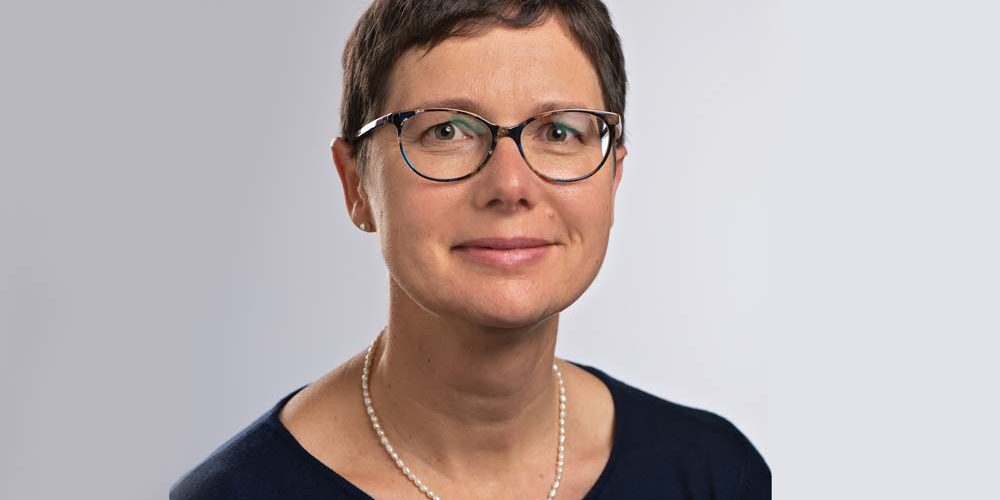Antje Horsch – Deciphering the Inter-Generational Transmission of Stress and Trauma
8 September 2019

How did your fascination for the brain develop?
I decided to study psychology because I’ve always been interested in understanding how humans function and, in particular, how they respond to a traumatic event. This type of event can happen to anybody at any time. I’ve always been very interested in factors that might contribute to the development of post-traumatic illnesses as well as the protective factors that might help people adjust, cope and carry on.
What are your research interests?
My group is interested in the perinatal period. We are studying the impact of stress and trauma on family mental health. For example, what is the impact of pregnancy on parents, and what is the link with the mental health, development and well-being of the child? This is what we call the intergenerational transmission of stress and trauma. We’re interested firstly in a better understanding of the underlying mechanisms of this transmission, including physiological and social mechanisms.
Secondly, my group is developing early intervention protocols in order to try and interrupt this intergenerational transmission of stress and trauma. When treating the parents, we also work with the future generation. This means that it is crucial to have a systemic approach that looks at the whole family.
Could you tell us more about your approach?
Following a traumatic childbirth, such as an emergency caesarean or a preterm birth, between 3 and 6 percent of women develop a post-traumatic stress disorder when there are no obstetric complications. However, if there’s a threat to the life of the mother and/or her baby, the prevalence rates can be up to one third. We’re investigating what to do during the first few hours after a traumatic childbirth to prevent the development of these post-traumatic stress disorders. For instance, we asked mothers following an emergency caesarean to engage in a visual spatial task within the first six hours after the birth. In comparison to a control group, these mothers had significantly less traumatic intrusions in the following week and were less likely to develop post-traumatic stress disorder in the month afterwards.
Is this kind of intervention only applicable to traumatic childbirth?
No, we think it could be a universal intervention. It could also be relevant to other populations who have experienced traumatic events. For example, hospital professionals who are exposed to traumatic events in their daily work. This is something we would also like to pursue in the future, to see if we could roll it out across a wide range of other types of traumatic events.
How could your affiliation with Synapsy help your research?
I’m very excited to be an affiliated member and I’m hoping that this might open opportunities for future collaborations with the Synapsy network. I’m also very interested to hear more about the very impressive amount of work that has been carried out.
I think that the way forward in clinical research is interdisciplinarity. I firmly believe that all of the projects I’m working on can only be carried out with the collaboration of different professionals from different backgrounds. If we want to address complex questions, such as mental health, we need to join forces. So, I’m very committed to the mission of the NCCR-Synapsy. That’s where the future lies in achieving the translation from fundamental to clinical and applied sciences. There’s no doubt about it! ●
Photo credit: © SAM CHUV
